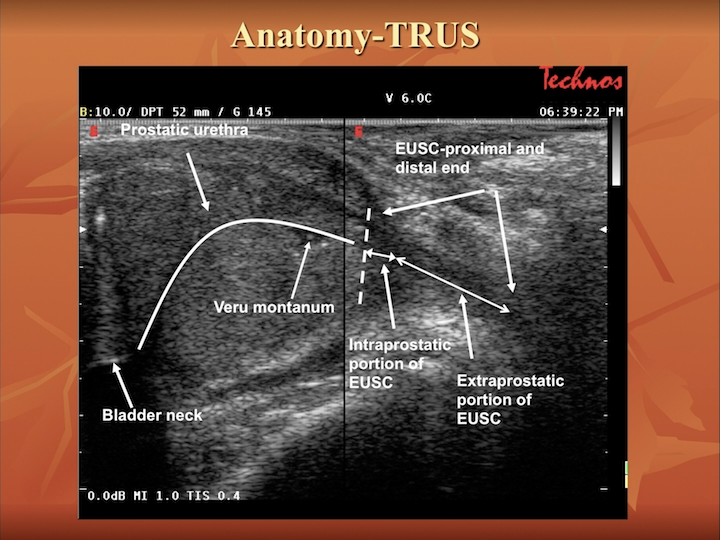

This free, 6-week course looks at parts of the body from the perspective of the healthcare professional and uses a case-study approach. Next, learn about the cardiovascular, urinary and respiratory systems followed by human neuroanatomy and the gastrointestinal, reproductive and endocrine systems.Īnother introductory course in anatomy is Human Anatomy from The Hong Kong Polytechnic University. You will also learn about the skeletal system, the muscular system, reproductive system, blood vessels, digestive system, circulatory system, muscle tissue, connective tissue, large intestines, cell types, and spinal cord.Start with the musculoskeletal and integumentary systems in a 4-week, self-paced course that covers glands, bones, joints and skeletal muscles. Learn about all the human anatomy organs as well as the major functions and significance of each of the human body systems and the role they play in wellness and pathology. The University of Michigan offers an in-depth, four-part X-Series program on human anatomy that teaches the basic anatomy of every major organ system as well as the relationships between them.

Take anatomy and physiology courses online from the top universities and institutions around the world.

You will learn the fundamentals of musculoskeletal anatomy, basics concepts and procedures of radiology, etc. Harvard's AnatomyX: Musculoskeletal Cases teaches you the anatomy basic to understanding five musculoskeletal injuries commonly seen in primary care medicine and orthopedic clinical specialty practice. Learn about human anatomical structures and systems including the central nervous system, the respiratory system, digestive system, etc. Take fundamental anatomy courses with edX to learn basic human anatomy. Learn Basic Anatomy with Beginner Courses Elements include the nervous system, cardiovascular system, body systems, red blood cells, lymphatic system, urinary system, musculoskeletal system and more. Human anatomy focuses on the structures of the body and the standard naming and definition of physical properties. Overall, this is a low-cost option that provides a detailed anatomy companion for all physical therapists, and you will enjoy using this regularly.Įmily Monson, PT, is an Impact editorial board member and owner of Clear Lake Physical Therapy & Rehab Specialists.Human anatomy is the study of the bones, joints, muscles and systems of the human body. It also enhances the patient-provider interaction through additional questions suggested regarding associated systems, referral pain patterns, and joint kinematics, which is an excellent teaching tool for patients’ best understanding at their first physical therapy visit. Explaining the intimate connection of neurologic systems with musculoskeletal details or bony landmarks can be challenging in 2-D, and this app allows that with ease. Both of these add-ons have animated models, which make for even more ways to view the systems.Īs a physical therapist, I find this app most helpful because it allows me to easily explain a diagnosis or postoperative condition through the ability to “peel away” parts of the anatomy, move the position of the model to show several angles of the associated anatomy, and implement several systems at one time. These add-ons include Muscle System Plus, which allows you to explore muscle origins, insertion points, and blood flow, as well as Skeletal System Plus. The app is under one dollar, which is very reasonable for the amount of information available and numerous ways it allows you to explore the human anatomy. You can also bookmark certain models you create and personalize to make it easier to return to certain patients or conditions. I find that this app is helpful especially when learning more about a patient’s surgery or condition, as it shows specific details. Also, through the zoom in and out and drag and drop features, you can set up a model to view from a specific desired angle. You can fade layers as needed, making the 3-D model realistic by allowing you to see in even more detail. You can turn on as many as seven layers of systems at a time, which is useful for seeing how parts and systems interact and work together.

With simple on and off buttons for each body system, you can pinpoint the exact part you want to see. It is interactive and easy to use, and is the perfect app to have at your fingertips when at the clinic. The Essential Anatomy app is the perfect tool to replace your 2-D model. A valuable 3-D anatomical model at your fingertips.


 0 kommentar(er)
0 kommentar(er)
